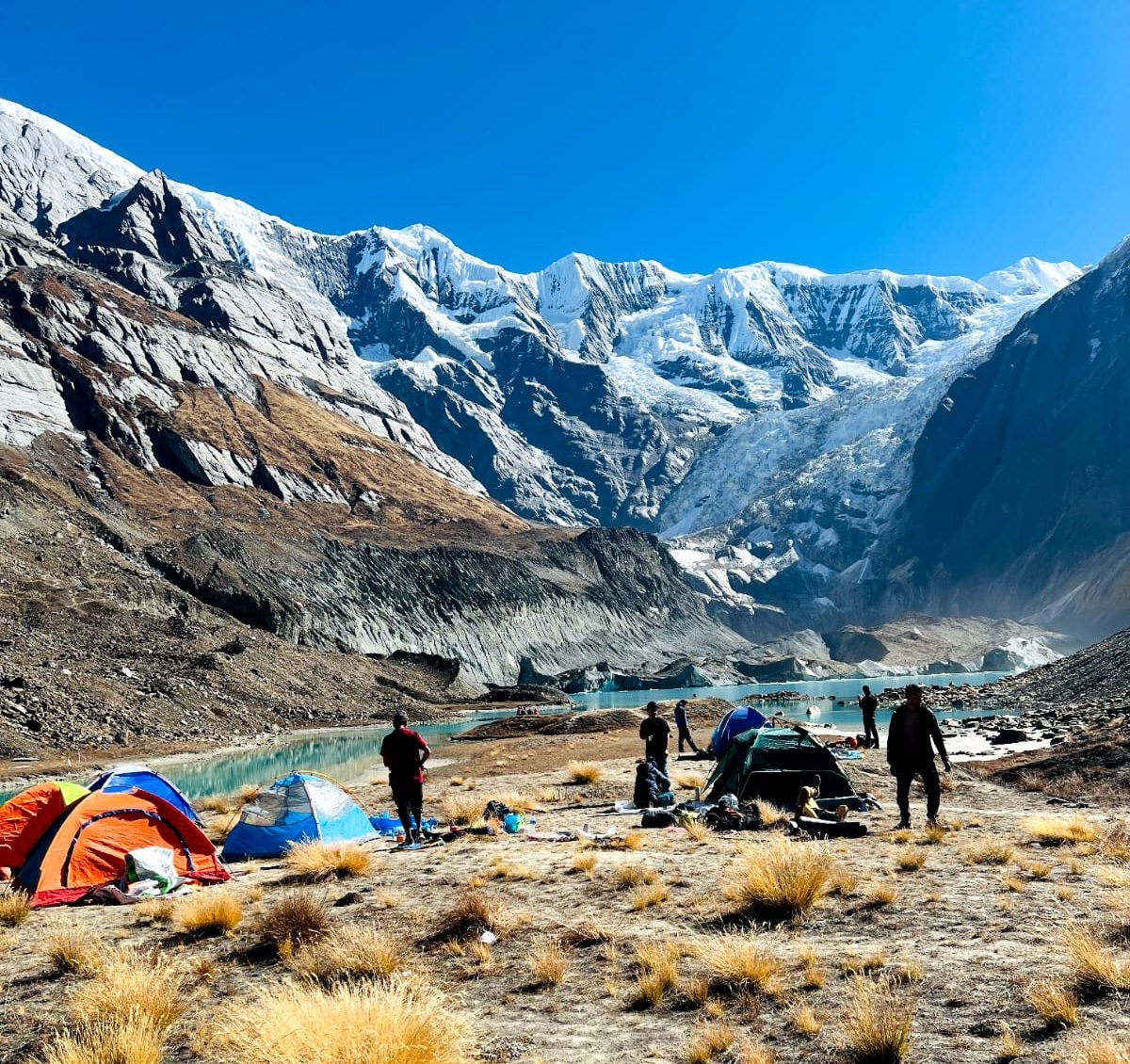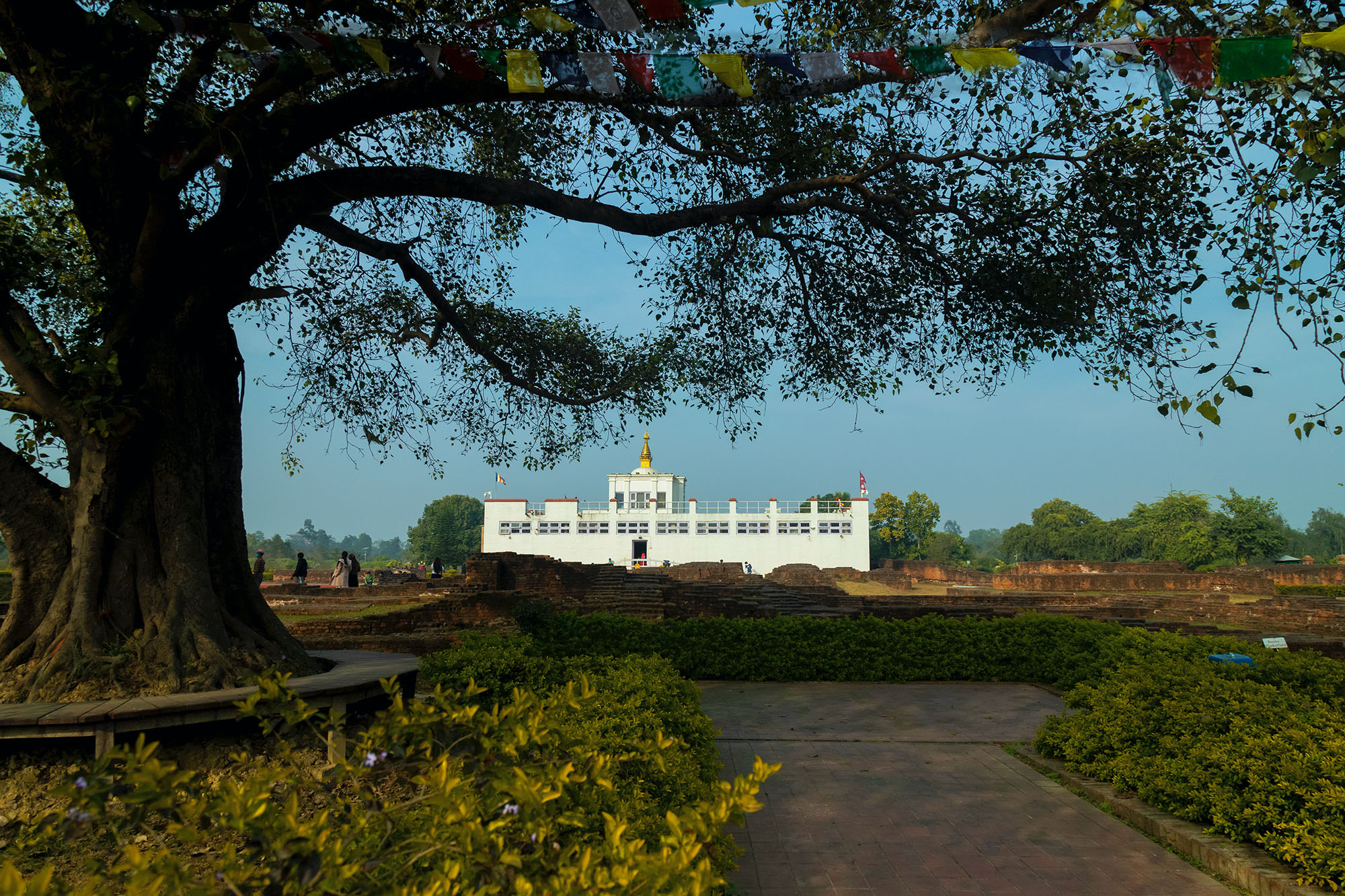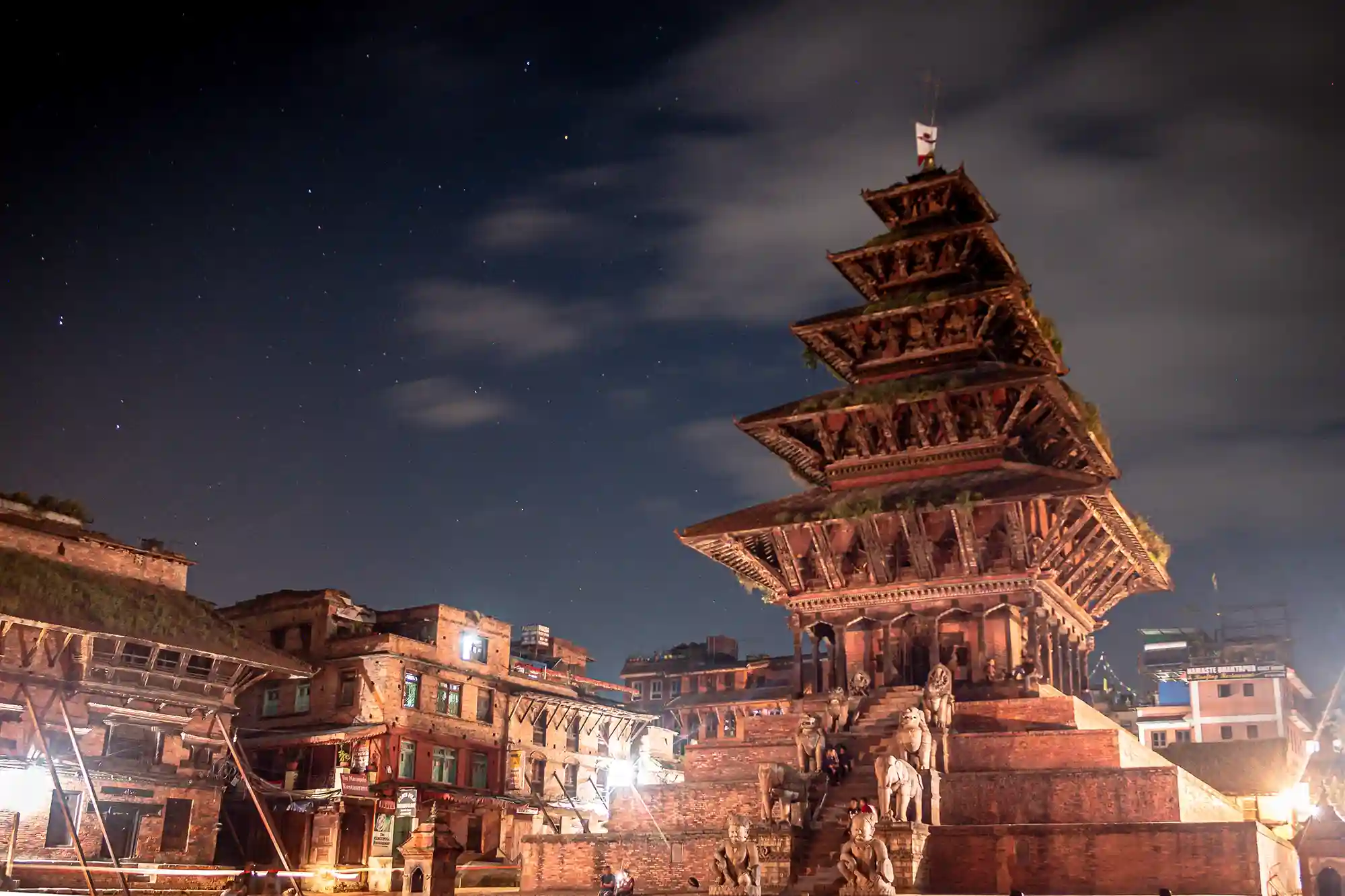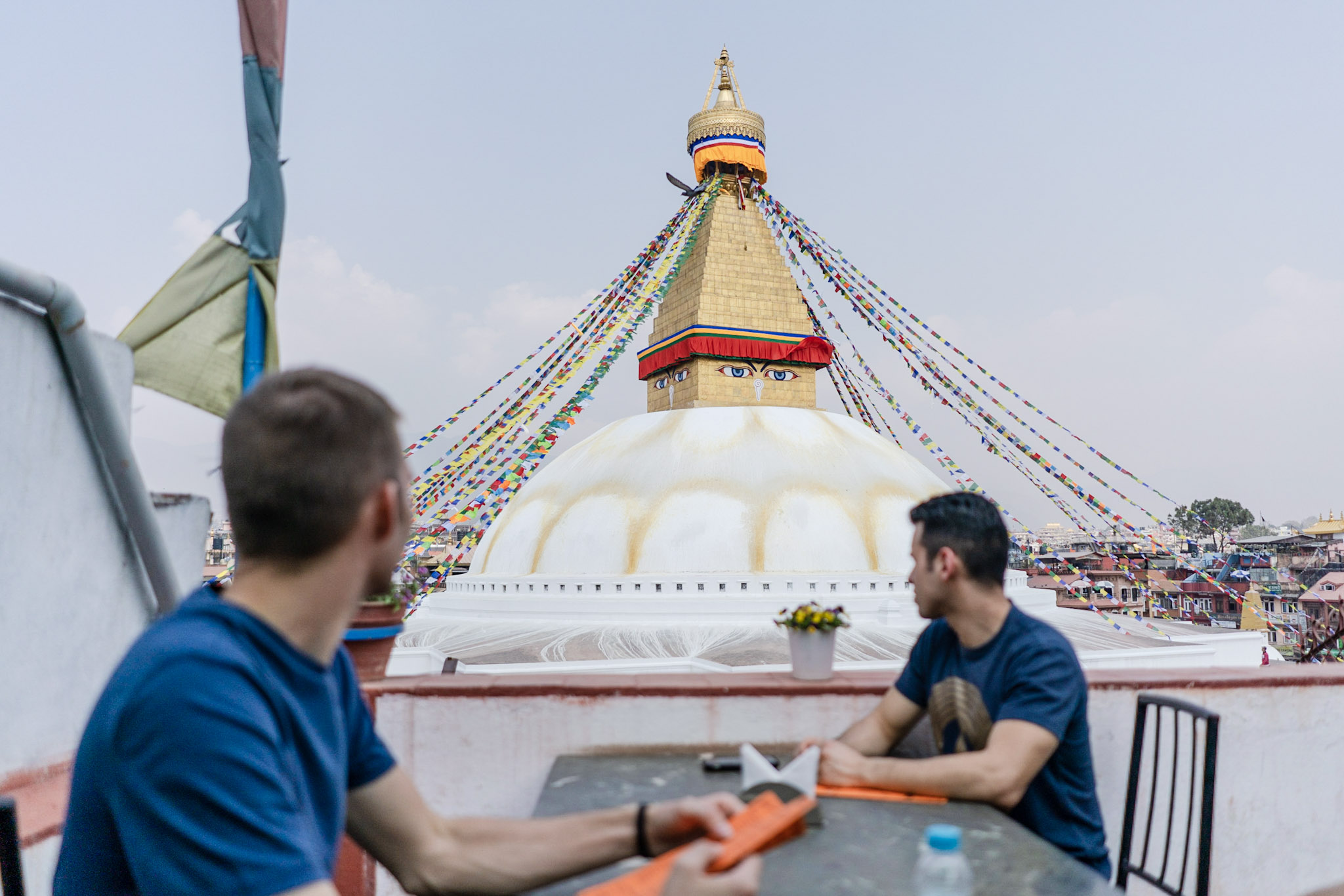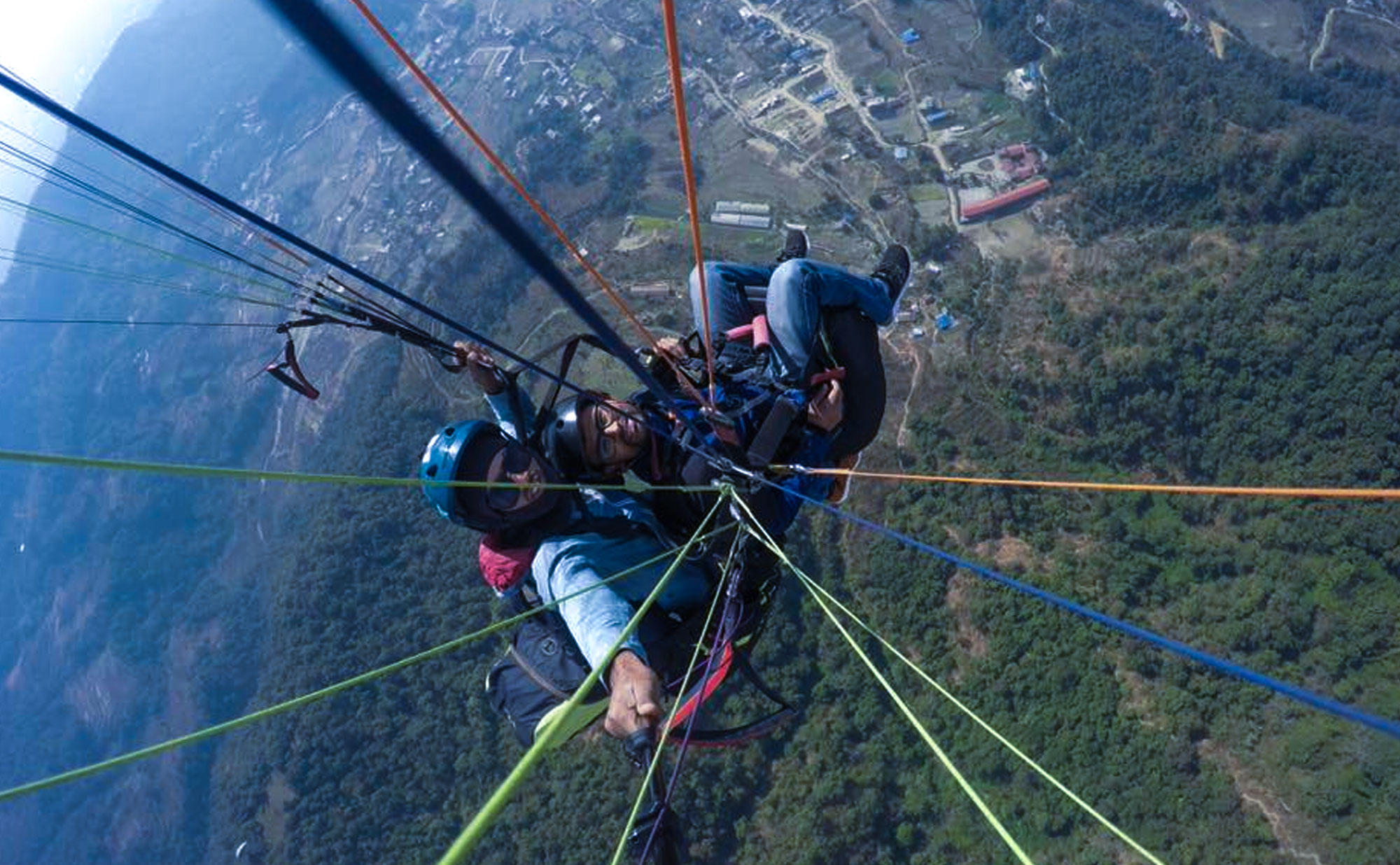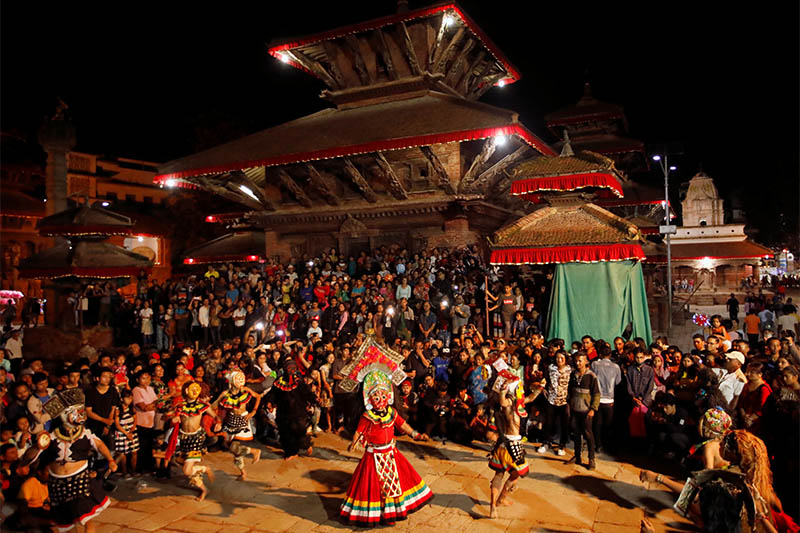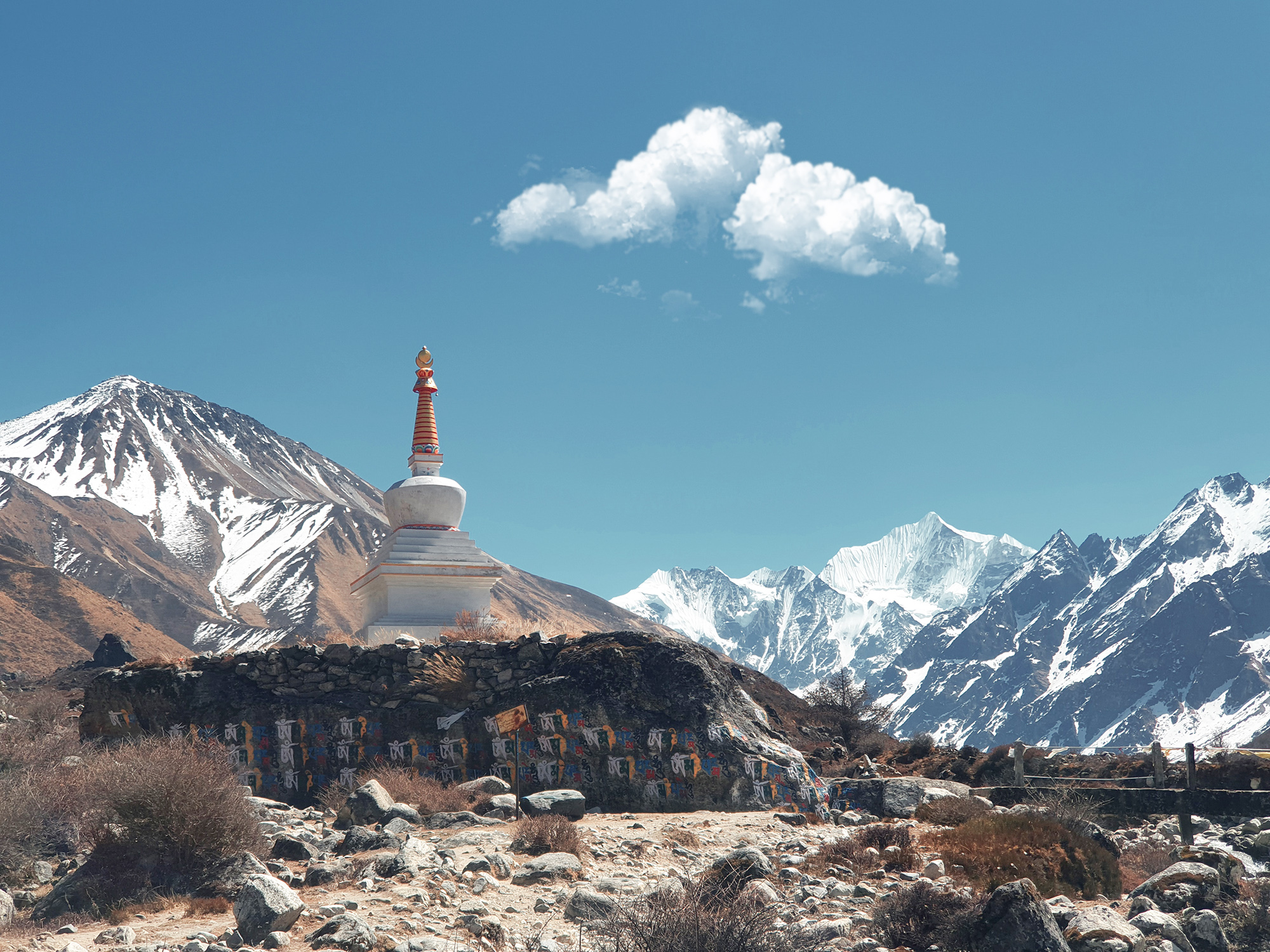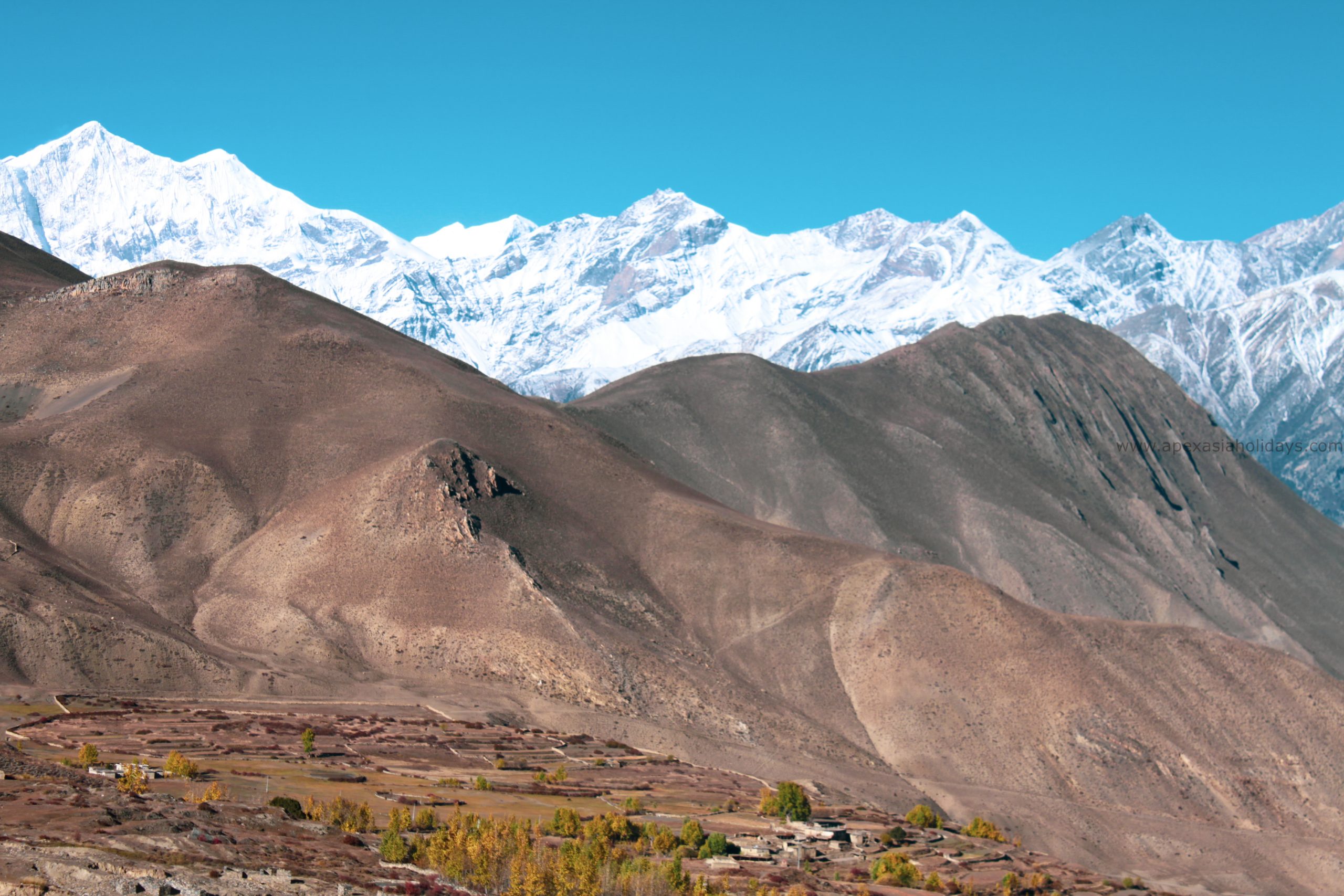North Annapurna Base Camp Trek: The Maurice Herzog Trail
The North Annapurna Base Camp Trek, also known as the Maurice Herzog Trek, is a dream destination for trekking enthusiasts. This trail offers a safe and efficient route to the northern base camp of the iconic Annapurna Mountain, combining natural beauty with historical significance. It has rapidly gained popularity among local and international trekkers, shining a spotlight on a region that was once less explored.
Historical Significance and Naming
The trek is named after Maurice André Raymond Herzog, a legendary French mountaineer who became the first person to summit Annapurna on June 3, 1950. In 2019, the Annapurna Rural Municipality officially christened this route the “Maurice Herzog Trek” to honor his incredible achievement.
Accessibility and Growing Popularity
With the development of a road connecting Narchang village to Humkhola, the trek has become more accessible, allowing visitors to reach the trailhead within a single day. This improved connectivity has contributed to a surge in trekking activity, establishing the North Annapurna Base Camp as a must-visit destination.
Scenic Beauty and Immersive Experience
The trail meanders through the pristine Annapurna Conservation Area, following the tranquil banks of the Mistrikhola River. The breathtaking landscapes, from lush forests to alpine meadows, offer an immersive experience that captivates every adventurer.
Infrastructure and Facilities
Significant investments by the Ministry of Tourism and the Annapurna Conservation Area Project (ACAP) have enhanced the trekking experience. Modern infrastructure, including well-maintained footpaths, suspension bridges, rest areas, and shelters, ensures a comfortable journey. The Annapurna Rural Municipality has further upgraded these facilities, making the trek suitable for adventurers of all levels.
The Trekking Route
The journey begins at Narchang village, the gateway to the trek, situated along the 21-kilometer road from Myagdi to Humkhola. From Humkhola, the trek unfolds over approximately nine hours, revealing picturesque views of towering peaks and pristine lakes.
One of the highlights is a stop at Panchkund Lake (4,500 meters), a serene and scenic resting point located just an hour from the base camp. Finally, at the North Annapurna Base Camp (4,190 meters), trekkers are rewarded with awe-inspiring views of Annapurna’s northern face. Camping under the starry sky amidst these majestic surroundings is an unforgettable experience.
Why Choose the North Annapurna Base Camp Trek?
- Historical and cultural richness: Trek in the footsteps of Maurice Herzog.
- Natural splendor: Explore the untouched beauty of the Annapurna Conservation Area.
- Accessible and safe: Well-developed infrastructure and a manageable trekking route.
- Thrilling adventure: A perfect blend of challenge and reward for all trekking enthusiasts.
The North Annapurna Base Camp Trek is not just a journey but an adventure into the heart of the Himalayas. With its blend of history, natural beauty, and well-planned infrastructure, this trek promises a once-in-a-lifetime experience.
Start planning your adventure today and explore the hidden gem of the Annapurna region!

